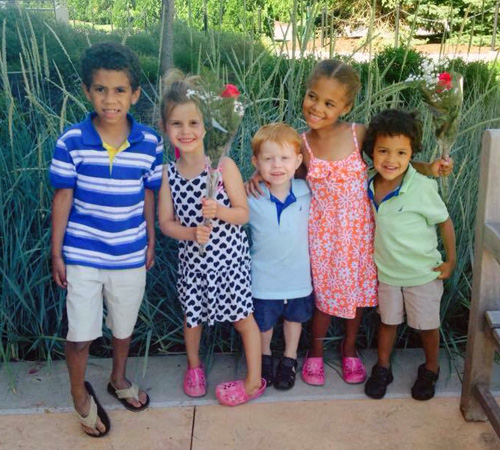Initial Inquiry & Involvement FAQs
Q. I have signed up for training and I saw that you can be single and still foster or adopt, but are there other considerations?
A. As noted, we welcome individuals and couples of any make-up, religion, race, sexual orientation and so on. The children and youths who need homes are diverse and therefore our families can be as well. We work with single adults, married couples, same-sex and heterosexual couples. However, if you are a single parent, it is important that you establish child-care arrangements for times you will be unavailable.
Q. I’ve heard that it is expensive to adopt – now that we are in training, I am worried about affording it.
A. Depending on the program and type of child you are open to, the cost can be as little as paying for clearances, with no additional fees. Always feel free to discuss your concerns with our staff members.
Q. I don’t think I would be able to handle it if a child left my home. How do I cope?
A. It is indeed a challenging step to open your home and heart to a child or youth, aware that he or she may one day leave. If that happens, we understand that families will be affected by this decision, that in fact they will need time to grieve. Recognize that this situation represents a loss in your life and may be difficult for you emotionally. Support from people who have been through this can be beneficial, so you should consider attending one of our support groups or reaching out to friends or mentors who have fostered who may be able to help you resolve the loss. And you should take time to heal and care for yourself before accepting another placement.
The alternative to not taking a child is simple: not providing a loving home to a child or youth in need. In fact, some parents have said that the child needs your care more than we might need to protect ourselves from this particular situation. If you will not take the step to help a child or youth, who will?
Q. What happens if a relative comes forward?
A. County agencies are required to conduct searches for family members within 30 days of a child’s placement in foster care and annually thereafter. Family members may present themselves as placement resources to the county agency. However, family resources are also required to have a home study and provide the same documentation as a non-relative caregiver to determine their ability to care for the child.
Q. I see in the forms section that we must complete a home safety check. What does that involve?
A. Diakon staff members will conduct a home safety check at least once a year to determine if safety measures are in place. Specifically, we are verifying that medications and cleaning solutions are stored in areas inaccessible to children. Weapons and ammunition, including arrows, must be stored in separate areas and in locking cabinets. We also will verify that you have an operable telephone, fire escape plans and no-smoking signs posted, an operable heating system, operable smoke and carbon monoxide detectors, a fire extinguisher, first-aid supplies, water potability test results, and valid insurance. We also make certain that children have their own beds with appropriate bedding.
Q. Do children have to have their own room?
A. No. Foster children can share a room with another child. However, children ages five and older cannot share a room with a child of the opposite sex. Foster children must have their own beds and space to store their belongings.
Q. Is there a support system for resource families and parents?
A. Absolutely! Diakon offers several support groups for resource parents and families, including groups for adoptive families as well as families who are currently fostering or waiting for a placement. Meeting times and locations vary from office to office. Check our Events schedule for details.
Q. Can I do a 30-day trial?
A. No. While you have the right to request a child’s removal from your home, we place children and youths in homes with the expectation that resource families will do their best to provide the child with a safe and comfortable home. There will be adjustments for everyone in the family, not just the foster child. We hope that you will recognize this as a potentially difficult time and contact us for support and suggestions on how to succeed during this time.
Q. Now that we are more involved in the training, we wondered: Must we meet the birth parents?
A. Contact with the birth family will vary from case to case. However, most of our foster parents will have continuing contact with birth parents. Concurrent planning, in which county agencies develop two plans for permanency—one focused on reunification, the other on an alternative plan of permanency, which may or may not include adoption—is required for all children and youths entering foster care. The primary goal is almost always reunification, but both plans are worked on simultaneously to allow children and youths to achieve permanency more quickly. If reunification is not possible, many of our foster families choose to adopt the children or youths they are foster parenting. However, foster parents also are expected to support reunification plans with birth parents.


